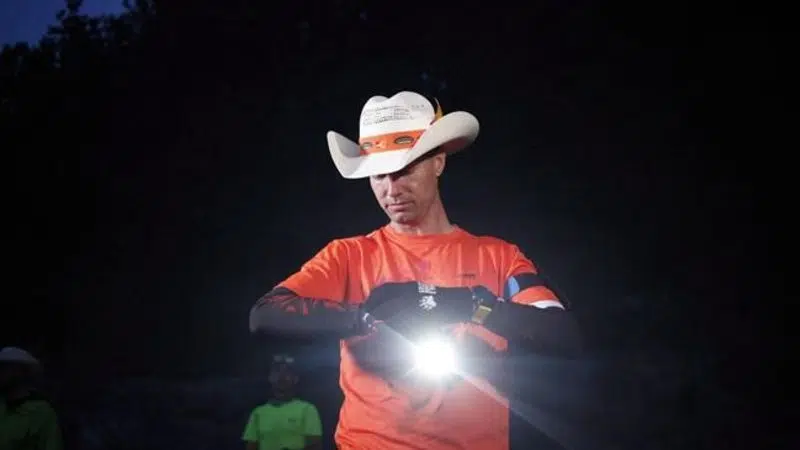
Proctor back chasing running records after cross-Canada speed attempt
CALGARY — Dave Proctors’ attempted speed record across Canada last summer was foiled by a bad back, so the ultramarathoner’s comeback plan is chasing a pair of quirkier running benchmarks.
The 38-year-old from Okotoks, Alta., will run as fast as he can on a treadmill for 12 hours Saturday in Calgary.
Proctor’s goal is not only to cover more distance than anyone else has on a treadmill in 12 hours and set a world record, but also to run 100 miles (160) kilometres in that time frame ,which no one else has done.
